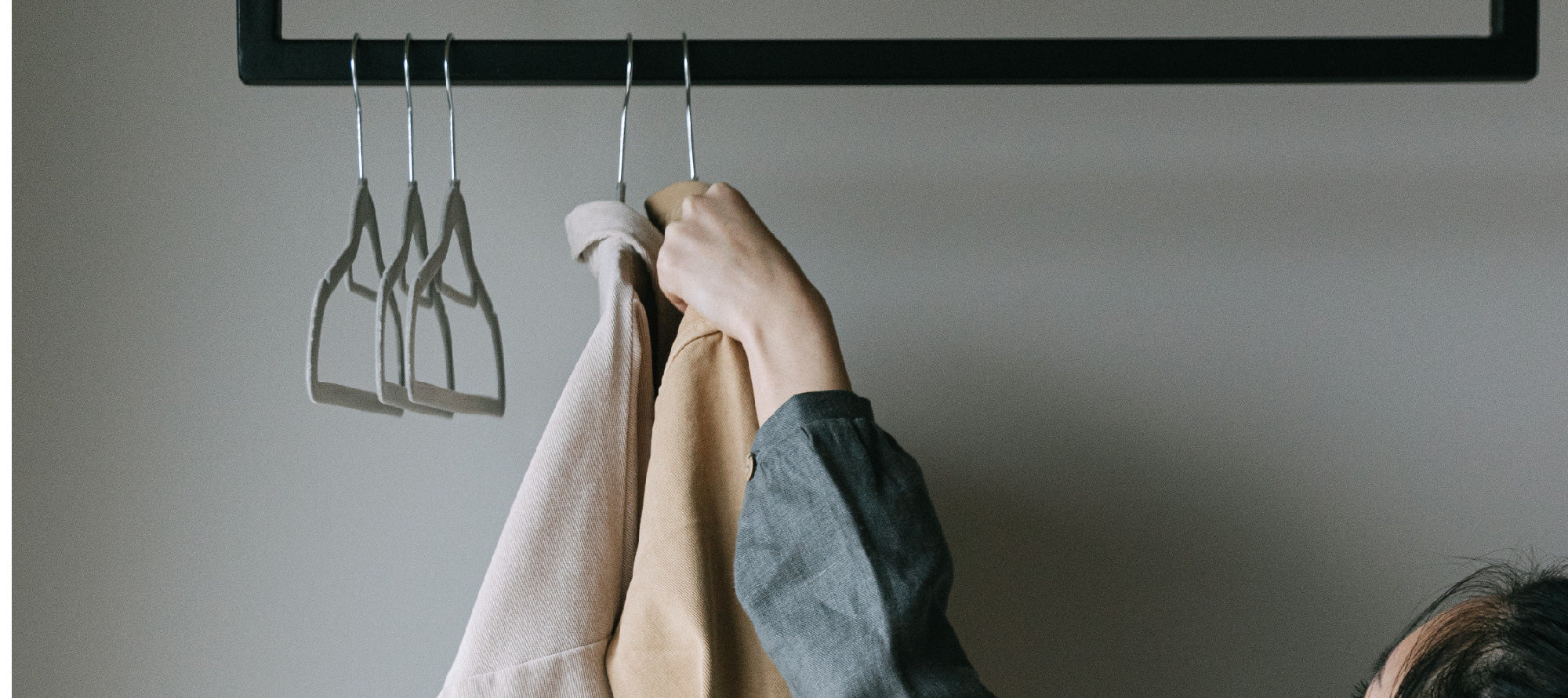As a business, there often comes a time where you'll consider whether or not to implement a uniform for your staff to wear. There are a lot of factors that go into this decision making process, but one of the main ones is return on investment (ROI). You want to be sure that there's a business case for investing in a company uniform and that you're going to see measurable results from your new fit.
So how does a uniform effect your bottom line? In our experience there are a few proven ways that businesses see results and justify the expenditure.
Here's our top 5 tips for increasing ROI from your company uniform investment.
1. Leveraging your Uniform for Brand and Advertising
It's no secret that uniforms are a great way of getting your company's brand out in the market. From the moment your employees leave your workplace and interact with customers and clients, they promote the name and branding of your business.
Designed correctly and with branding in mind, this will help to grow your client base and attract new enquiry, ultimately growing your business. At the end of the day, first impressions do count, so it's really important that when you invest in a uniform you consider how it looks and what message it sends to potential customers or clients out in the community.
A great example of effective branding and design from a New Zealand brand you're probably familiar with, is VTNZ (one of our fantastic customers). If you live in New Zealand and drive a car, you'll already be familiar with the giant, orange signage that signifies a VTNZ vehicle centre. To VTNZ, their staple orange branding represents a level of professionalism and trust that Kiwis are familiar with - so their uniform design was built to match.

Simple and effective, the VTNZ branding on their uniform is a clear match with their company. When you see the uniform, you know who it is.
2. Uniforms Generate Repeat Business
You're probably thinking "there's no way that a company uniform would influence a customer's decision to return to my business or not".
To that we'd say, when you consider the fact that 60% of customers are willing to pay more for a better consumer experience and a huge part of that experience is the level of professionalism they receive, you can begin to imagine the effect that a professional grade uniform might have. When customers walk in store (or on premises) and are immediately made aware of the level of professionalism that a uniform demonstrates, they'll get the right impression of your business from the get go. This is important, because professionalism builds trust confidence and recognition.
The second piece of the repeat business puzzle, is customer loyalty. Your customers will build a relationship with you and continue to come back time after time if they feel a sense of genuine loyalty. Interestingly, 26% of customers feel more loyalty to brands, while 21% of customers feel more loyalty to products. That means that even if you're serving up the best quality goods and services, if your brand isn't carefully crafted and represented, the customer wont have any real ties to your company. That's where a uniform offers its value
Considering that Repeat customers are responsible for generating 40% of a store's revenue - we'd call that a pretty strong ROI business case.
3. Uniforms Increase Productivity
No matter what kind of business you operate, one of the common detonators of ROI that managers and business owners alike struggle with is productivity. To be operating at peak performance and generating the most revenue possible, your employees need to be doing their jobs with utmost productivity.
Of course, there is more than one way to increase productivity for ROI, but one of the more proven methods is to roll-out a company wide uniform. Uniforms can indicate a sense of professionalism and a sense of purpose and unity within a workplace, which in turn, improves performance.
This productivity value increases exponentially when you factor in industries that require specific uniform requirements in order to perform a job. Imagine - if Chef's didn't wear the correct attire that protected them from the heat and hazards of the kitchen, they'd undoubtedly be less productive. The same goes for industries that require a significant portion of outdoor work - if their uniforms weren't sunsmart, considerate of outdoor conditions and heat, as well as visibility, the workers' ability to perform their tasks productively would be significantly impaired.
4. Uniforms vs. Clothing Allowance
Supplying a uniform for your employees is quite the considerate feat, especially when for some people bringing their own work wear can take quite a toll on their budget and it can be difficult to meet work wear requirements without the cash to fund it. It's an opportunity to ensure a bit of equality in the workplace, and even draw in quality staff who look for this in an employer. You'd be surprised how many people are thankful to not have to choose their outfit every day!
This is particularly relevant when it comes to corporate sectors who opt to provide a 'clothing allowance' for employees to buy their own corporate-wear, rather than manage a uniform inventory. If you're supplying an annual budget for clothing allowances, you are also:
- Risking the maintenance and upkeep of those garments. There's no guarantee that your employees will by quality clothing and maintain garments to a high standard, resulting in the risk of your brand image not being upheld by client facing staff.
- Removing the possibility of the 'return of uniform' at the end of an employees service term. The money you have spend on a clothing allowance then stay with said employee, rather than the well-kept uniform being returned and used for the next employee in the same size. This process is less sustainable, and therefore provides less ROI.
Essentially, through rolling out a company wide uniform, you have complete management and control over the costs involved with work attire. While many corporations opt to provide a 'clothing allowance' when an employee first starts, this only lasts for as long as the staff member maintains their work-wear, and there's no regulation on what kind or how many garments your employee buys. Uniforms regulate this, which comparatively can prove to be quite a return on investment.
5. Uniform Quality Increases ROI
The best way to increase the return on investment of your uniform is to quite literally ensure it lasts for a considerable period of time. The less you're having to replace staff uniforms, the more money you save.
The only way to do this effectively is to work with a uniform provider who can advise you on the best possible materials that fit within your budget and design constraints. This could either be the best quality materials available, or a generic material that's durable and suitable to your business).
It's always best to do your research with your uniform supplier into what type of uniform best suits your specific working conditions, to ensure durability. Often, compromising on design, function or quality means risking a high uniform turnover and lowering your ROI.
If you want to know more about how uniform quality impacts your bottom line, we'd be more than happy to talk you through it! You can get in touch with one of our friendly team members, below.








Leave a comment
This site is protected by reCAPTCHA and the Google Privacy Policy and Terms of Service apply.